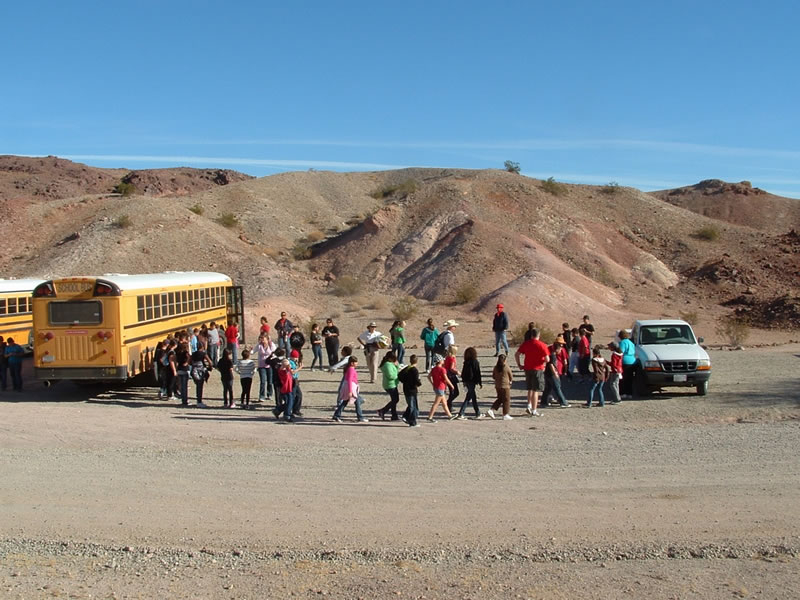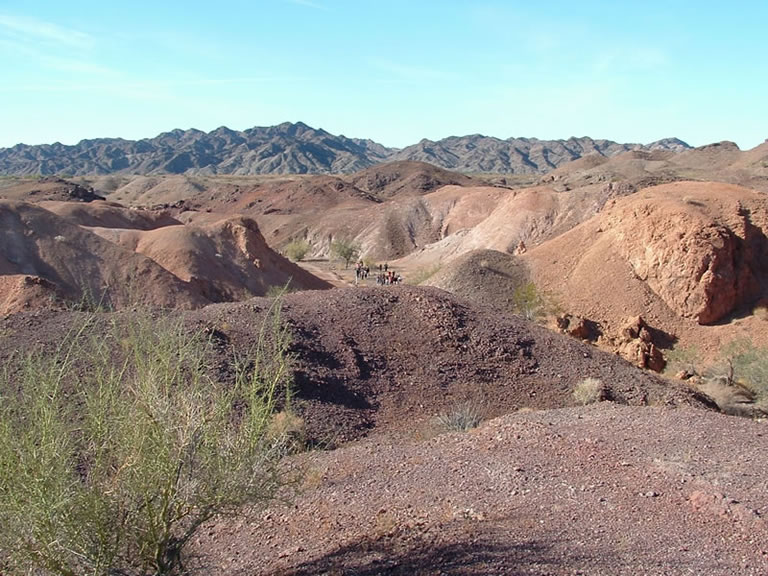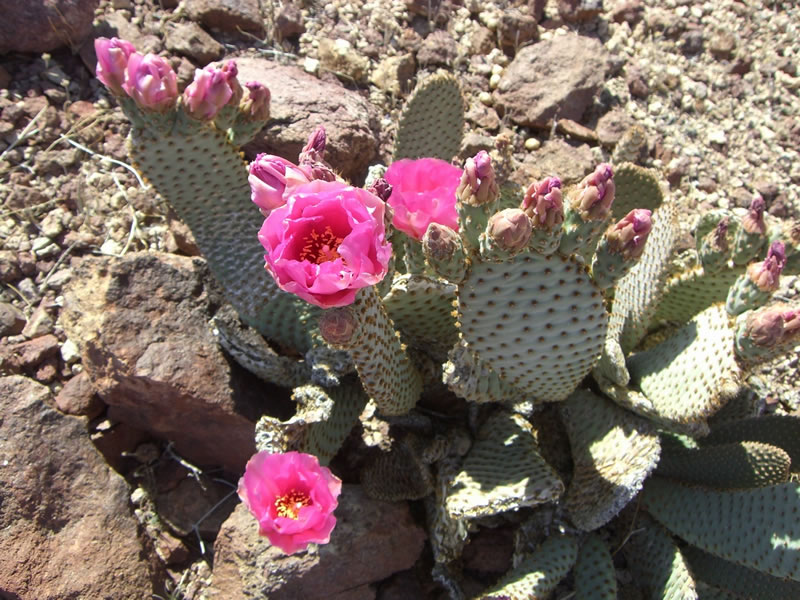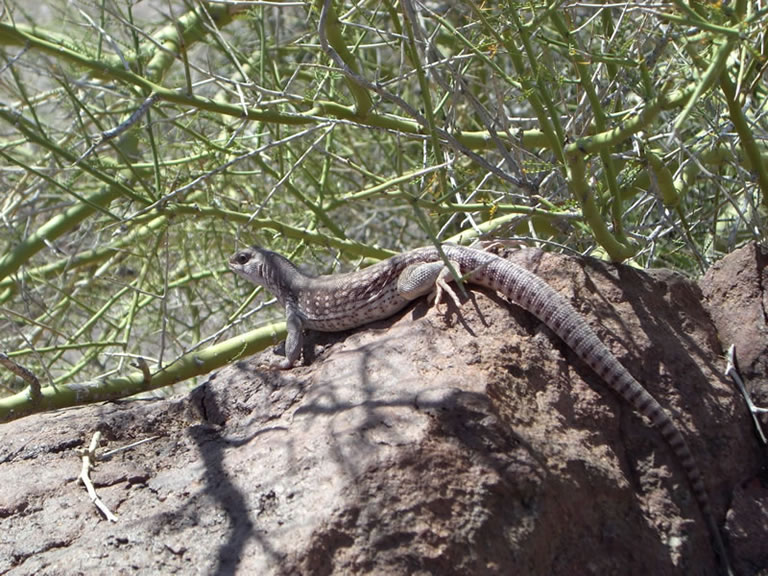What happens if an animal attacks us? Is it scary out there? What do we do if we see an animal? These are just some of the questions elementary students ask as we prepare them for their field trip to Imperial National Wildlife Refuge 40 miles north of Yuma, Arizona. And their questions impress upon us how far removed today’s children are from nature.
The students we visit are well equipped with correct answers regarding nature and its flora and fauna. They can recite characteristics of reptiles, describe adaptations of plants and animals, and list the food chain in order. They can explain the meanings of camouflage, nocturnal, and predator. They can even discuss the virtues of recycling, reusing, and reducing to preserve resources and restore habitats.
First Hand Experience
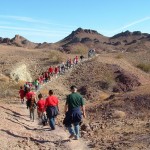 But many have never witnessed in person or experienced first hand what they’ve merely read about in school books or seen on television and the Internet.
But many have never witnessed in person or experienced first hand what they’ve merely read about in school books or seen on television and the Internet.
Children glued to television, computers, or electronic games may experience the outdoors vicariously, but fail to absorb its wonder. Their senses can only be reached by actually breathing in the sweet smell of desert lavender, examining the hues and textures of rock faces, feeling the softness of a brittlebush leaf, and listening for nature’s sounds, whether they be wind in the trees, a buzzing insect, or total silence.
“Can I take my music with me on the trail?” one student recently asked, perhaps to bring something familiar to comfort him or perhaps concerned he would have to endure a period of time without noise.
Venturing Out
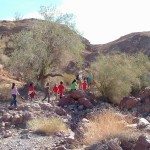 To actually venture into the outdoors is a foreign experience to many children today. The child who asks what happens if an animal attacks is rarely reassured by the fact that animals are far more frightened of us than we are of them and that we’ll be lucky to see any animals. This skeptical child usually persists in rephrasing the question. “Yes, but………….What if something grabs me? What if I’m attacked? What if something jumps out at me? What if……………”
To actually venture into the outdoors is a foreign experience to many children today. The child who asks what happens if an animal attacks is rarely reassured by the fact that animals are far more frightened of us than we are of them and that we’ll be lucky to see any animals. This skeptical child usually persists in rephrasing the question. “Yes, but………….What if something grabs me? What if I’m attacked? What if something jumps out at me? What if……………”
Reassuring children that the commotion our group will create traipsing down the trail is enough to alarm even the most aggressive animal does little to convince them of their own safety. Only when they step off the school bus and begin hiking the trail do they launch a new chapter of awareness.
“Wow! Look at the colors!” I often hear as I lead a group through tall rock outcroppings tinted red, green, purple, white, and golden. “This is beautiful! I want to stay here!” Shortly, all have forgotten their fears and begin to revel in their experience.
Appreciation
With a new appreciation for wildlife and its place in nature, these field trip participants return to school with a better understanding of their environment. And, having witnessed them awaken to the significance of their studies, teachers look upon their students with renewed regard.
The importance of re-introducing children to nature, rather than merely requiring them to recite lessons about it, cannot be disregarded. Not only do they come to realize that they won’t likely be attacked by wildlife after all, but they garner an appreciation of their own place in the world, of how it meshes with flora and fauna that deserve our protection.
In the end, who will guard our national parks, our wildlife refuges, our forests and other public lands in the future if we don’t instill a love of nature in children today?
Getting Ready for Hike:
On the Trail:
View from the top of Painted Desert Trail:

